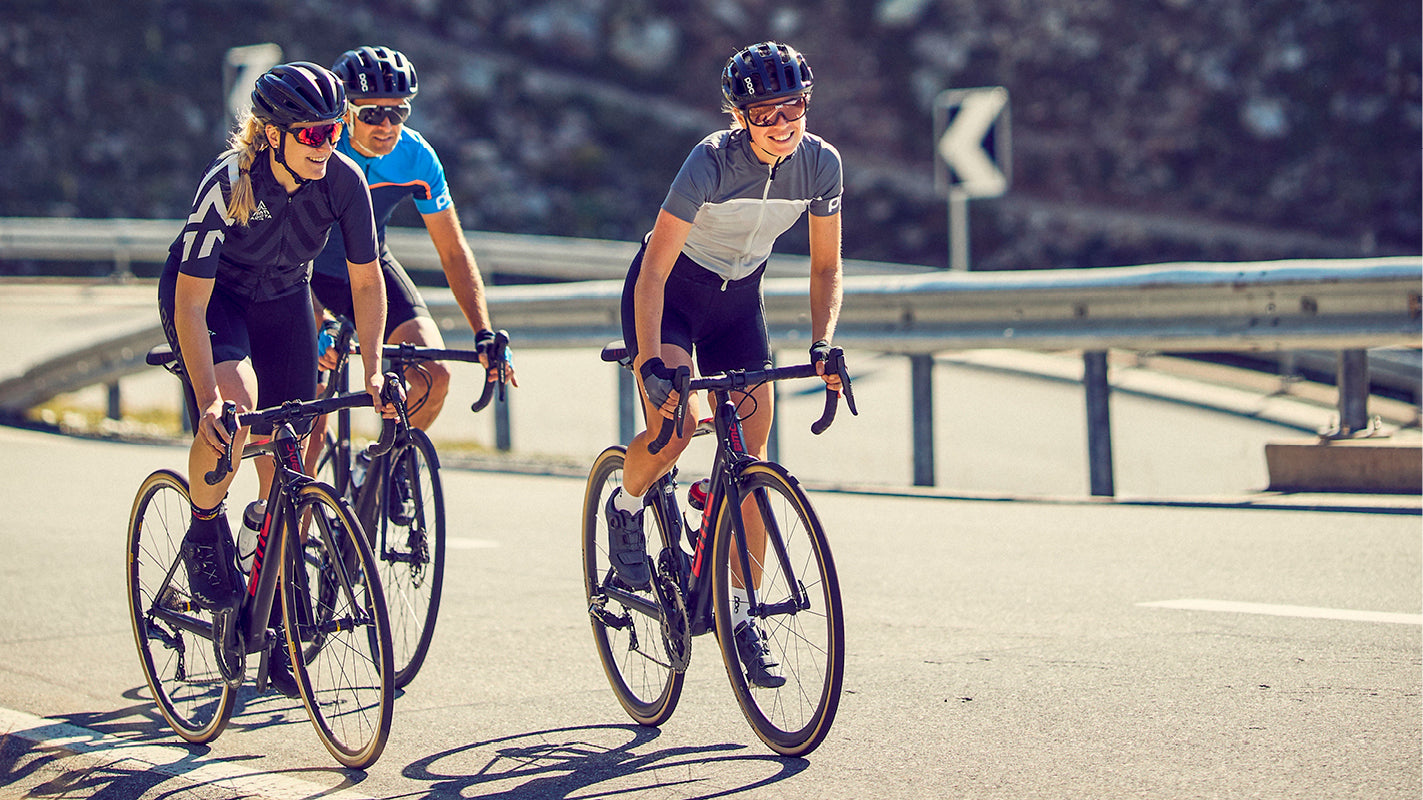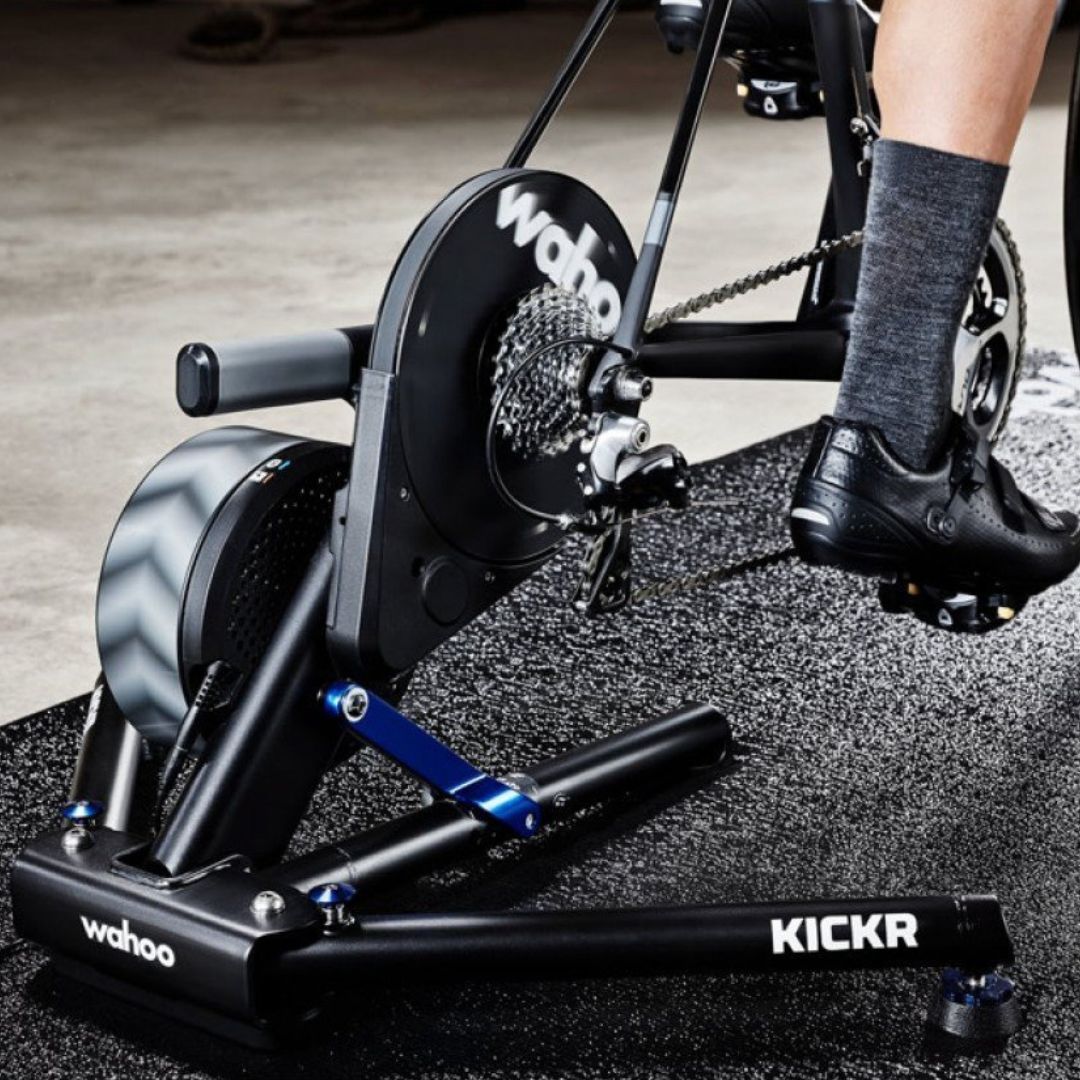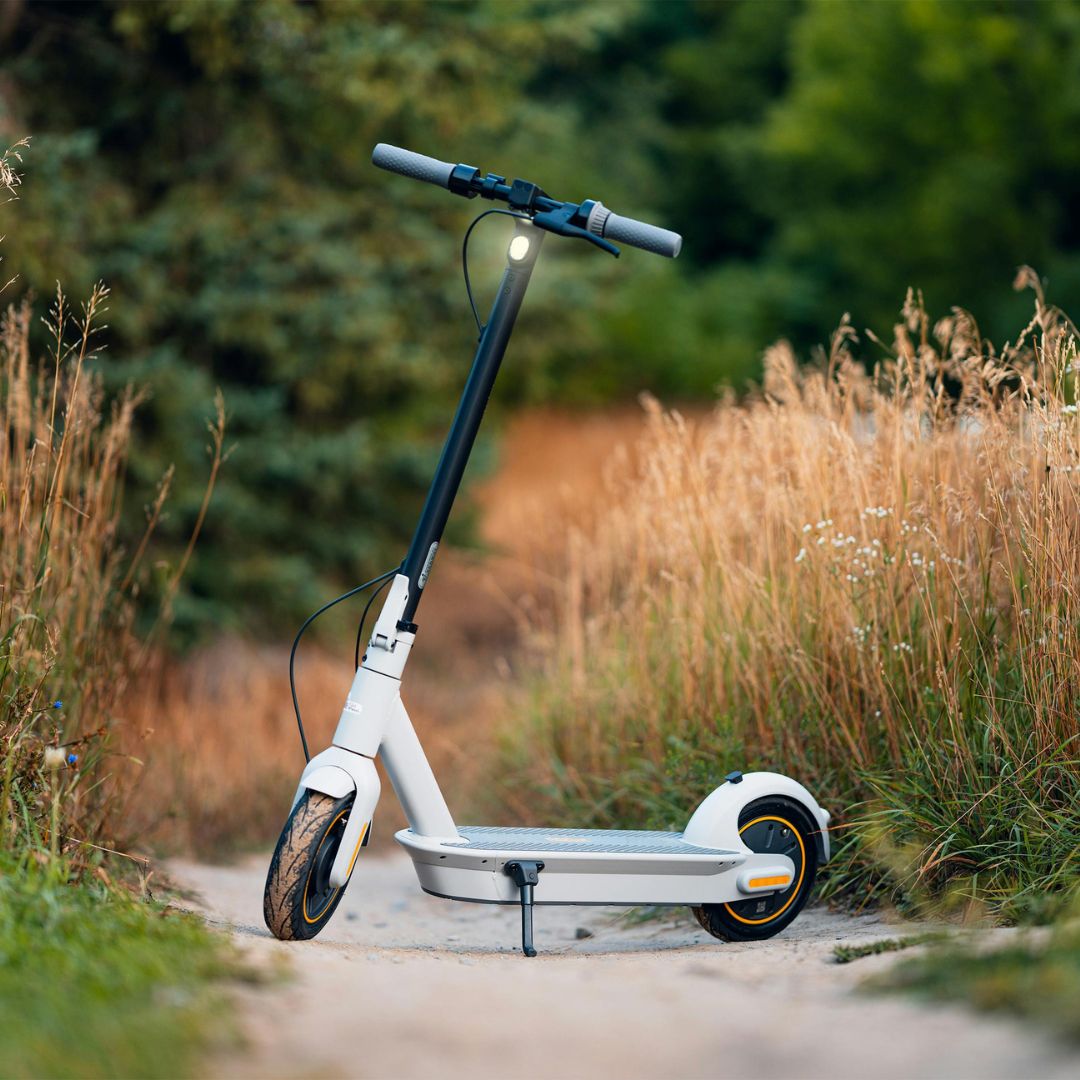The Ultimate Guide to Cycling for Weight Loss
Cycling is not just a fun and eco-friendly way to get around; it’s also an excellent exercise for shedding those extra pounds. Whether you’re looking to trim your waistline, improve your cardiovascular health, or just enjoy the great outdoors, cycling offers a comprehensive solution. In this guide, we’ll explore how cycling can help you lose weight, provide tips on getting started, and share strategies to maximize your results.

Why Cycling is Great for Weight Loss
- Burns Calories Efficiently: Cycling is a cardio workout that can burn a significant number of calories. Depending on your weight and intensity, you can burn between 400 to 1000 calories per hour.
- Low Impact: Unlike running or other high-impact sports, cycling is gentle on your joints, making it a suitable option for people of all ages and fitness levels.
- Builds Muscle: While primarily a cardio activity, cycling also builds muscle, particularly in the lower body. Increased muscle mass helps boost your resting metabolic rate, meaning you burn more calories even when at rest.
- Boosts Metabolism: Regular cycling can enhance your metabolic rate, which is crucial for long-term weight management.
Getting Started with Cycling for Weight Loss
- Choose the Right Bike: Depending on your preference, choose between a road bike, mountain bike, or a hybrid. Ensure the bike fits you well to avoid discomfort and injuries.
- Set Realistic Goals: Start with achievable goals. For instance, aim to cycle 30 minutes a day, three times a week, and gradually increase the duration and intensity.
- Learn the Basics: Familiarize yourself with basic cycling skills, safety measures, and maintenance. Always wear a helmet and follow traffic rules.
Maximizing Weight Loss with Cycling
- Interval Training: Incorporate high-intensity interval training (HIIT) into your cycling routine. Alternate between high-intensity bursts and moderate cycling. This not only burns more calories but also improves your cardiovascular fitness.
- Long Rides: Once a week, go for a long ride at a steady pace. This helps build endurance and burns fat more efficiently.
- Cross-Training: Combine cycling with other forms of exercise, such as strength training, to build muscle and avoid workout monotony.
- Track Your Progress: Use apps or cycling computers to monitor your rides, track your progress, and stay motivated.

Nutrition Tips for Cyclists
- Balanced Diet: Focus on a balanced diet rich in whole foods, lean proteins, healthy fats, and complex carbohydrates. Avoid processed foods and sugary drinks.
- Hydration: Stay hydrated before, during, and after your rides. Dehydration can affect your performance and recovery.
- Pre-Ride Fuel: Eat a small, balanced meal about 2 hours before a ride. Good options include a banana with peanut butter or a smoothie with protein powder.
- Post-Ride Recovery: Consume a meal or snack with protein and carbohydrates within an hour after your ride to replenish glycogen stores and aid muscle recovery.
Staying Motivated
- Join a Group: Cycling with friends or joining a local cycling club can make your rides more enjoyable and keep you accountable.
- Set Challenges: Participate in cycling events or set personal challenges to stay motivated. Apps like Strava offer various challenges and community support.
- Enjoy the Journey: Explore new routes and enjoy the scenery. The joy of discovery can make your rides more exciting and less of a chore.








